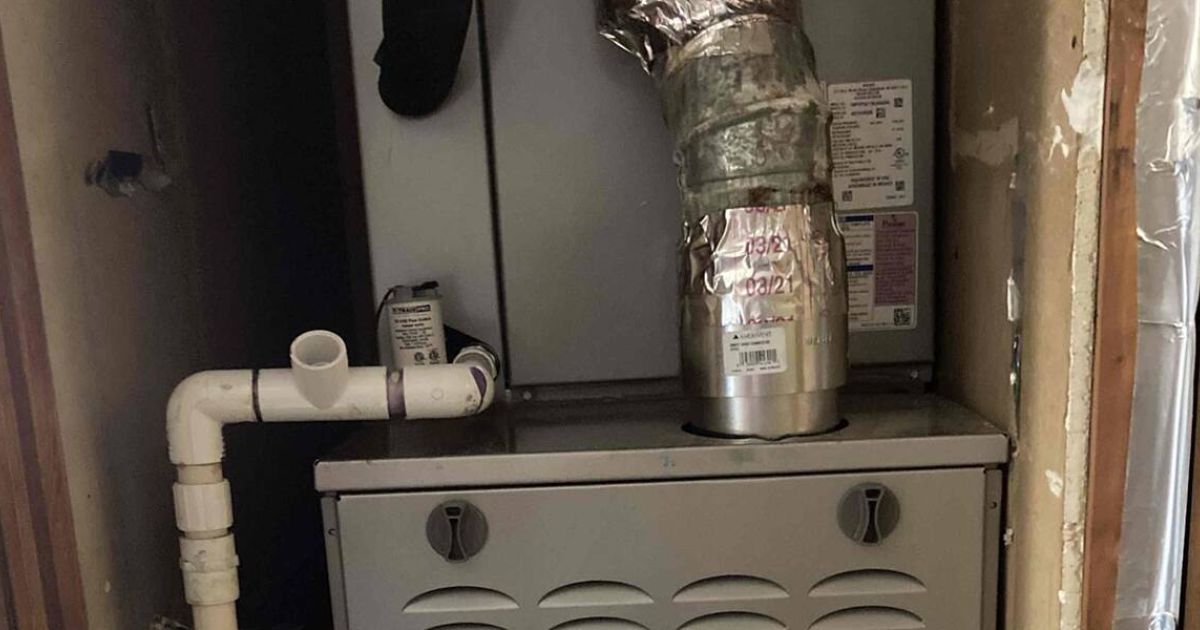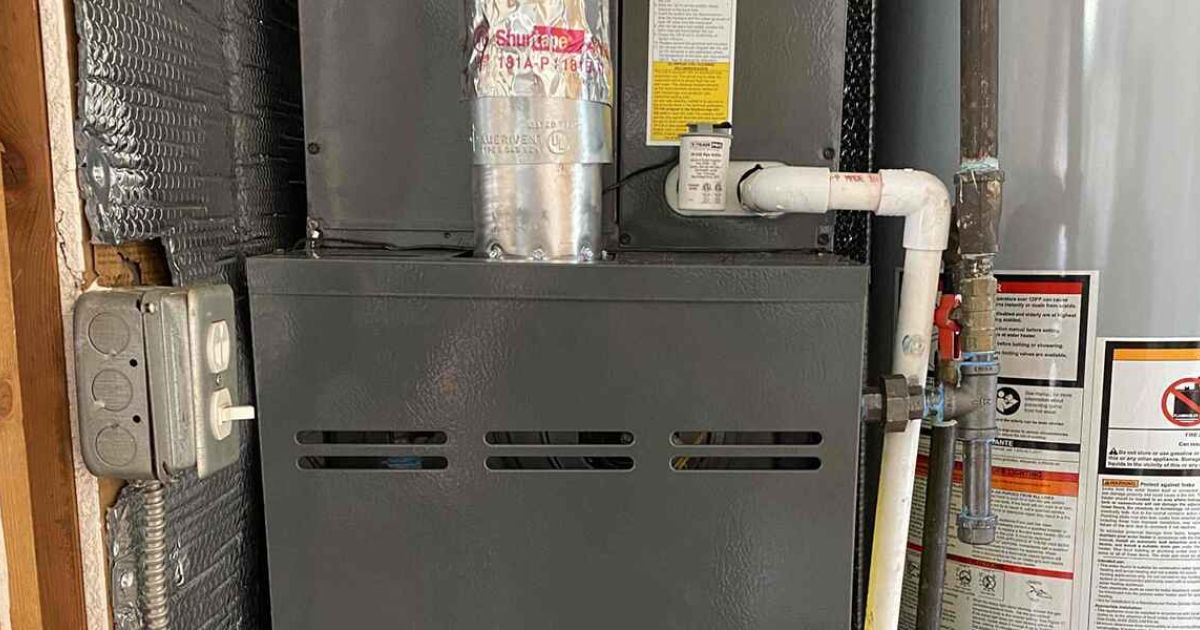Where Should the Thermostat Be Placed and Why Does It Matter?

Where should the thermostat be placed, and does it really matter?
The placement of your thermostat can significantly impact the overall efficiency of your HVAC system. Certain heating or cooling problems result from a poorly located thermostat rather than the actual system.
Quality Heating, Cooling, & Plumbing knows how frustrating it can be to have a malfunctioning HVAC system. Broken Arrow’s trusted HVAC experts can help you locate the problem and improve your home’s indoor air quality.
If the problem stems from an improperly placed thermostat, it could be time to install a new one in a better location. Curious as to where your thermostat should be for optimum HVAC efficiency? Keep reading.
How Does Your Thermostat Work With Your HVAC Unit?
The thermostat displays a temperature reading that essentially acts as instructions for your heating or cooling system. For example, if you set the thermostat to 73 degrees, your heater will produce warm air until the thermostat reads the desired temperature.
Certain external factors, like drafts and light, can impact the thermostat and cause inadequate heating or cooling in your home. Consider what happens if you place your thermostat near a heat source such as a fireplace. The thermostat will get warmer before the rest of the room, sending the wrong message to your HVAC system.
Proper thermostat placement is crucial not only for your home’s overall comfort but also for energy use. A mislocated thermostat can gradually increase your monthly utility bills and create additional wear and tear for your HVAC unit.
Tips for Thermostat Placement
Where should the thermostat be placed for maximum home comfort and energy efficiency? One of the first things to remember is that you should keep your thermostat away from heat sources like lamps, kitchen appliances, televisions, etc.
Secondly, avoid putting your thermostat in either the hottest or coldest room in the house. In order for your home to reach an ideal temperature, your thermostat should display an average temperature reading rather than an extreme one.
If you have a smart thermostat, make sure it is within range of your Wi-Fi signal. Smart thermostats make it easy to control your home’s temperature, even when you are away. However, every smart device needs adequate signal strength to maintain a connection.
Where To Avoid Placing Your Thermostat
Several places around your home can make it hard for your thermostat to function correctly. For example, placing it behind a door or in a bookshelf can prevent proper signaling, making it difficult for your HVAC to produce sufficient cool or warm air.
It is crucial to avoid placing your thermostat near a door or window. When doors and windows open, they let in cool drafts that can disrupt thermostat readings. Additionally, the constant temperature fluctuations will cause your HVAC system to frequently turn on and off, leading to short cycling.
Similarly, placing your thermostat near a vent can lead to inadequate home temperatures and higher utility bills.
Finally, it is essential to avoid putting your home’s thermostat in a hallway. Although this is a common thermostat location, it is not ideal for maximum HVAC system efficiency. Since hallways are long and narrow, they have less airflow and won’t adequately reflect your home’s average temperature.
Best Places To Put Your Thermostat
As HVAC experts, Quality Heating, Cooling, & Plumbing knows that thermostat placement can significantly impact efficiency and home comfort. Aside from proper location, it is critical to have your thermostat high enough above the floor. Ideally, your thermostat should sit between 52 and 60 inches above the floor.
If your thermostat sits below 52 inches above the floor, it could produce too low readings. Conversely, if it sits above 60 inches, it could have temperature readings that measure high.
Where should the thermostat be placed in your home? Below we list the best locations to keep your thermostat and heating and air conditioning systems working at maximum efficiency.
Interior Wall
Placing your thermostat on an interior wall makes an ideal option for getting an average temperature reading. Fluctuating temperatures do not impact your home’s interior walls, making them a perfect location for your thermostat.
The Center of Your House
The center of your house serves as the best place for an average temperature reading. Having a more accurate temperature reading is crucial for your HVAC system.
The more accurate a thermostat reading, the more efficient your heating or cooling system will work. As a result, you can enjoy better home comfort, reduced energy bills, and a longer-working system.
The Bottom Floor
If your home has multiple stories, place your thermostat on the first floor for the best results. Since hot air rises, this means a thermostat on the second floor will read warmer temperatures, even if the first floor is still cool.
Downstairs locations like your living room are ideal for accurate thermostat readings.
Consider installing a dual-zone thermostat if you have a larger home with two or more stories. Dual-zone thermostats give you better temperature control in larger homes, which can help you improve your house’s comfort and overall efficiency.
A Frequently Used Room
When thinking about where to place your thermostat, consider which rooms you use the most in your home. For most homes, it’s the living room.
You want your most frequently used room to be the most comfortable. Putting the thermostat in a busy room makes it easily accessible and ensures that the area will constantly be comfortable.
Let the Experts Help
The best way to determine where you should place your thermostat is by calling your local HVAC experts. Quality Heating, Cooling, & Plumbing can help you improve HVAC system efficiency and indoor comfort by showing you the best places for your thermostat and providing high-quality installation service.
Our technicians proudly serve Glenpool families year-round. Whether you need tips on covering AC units in the winter or an emergency repair, we are ready to help.
Where should the thermostat be placed? Let Quality Heating, Cooling, & Plumbing in Glenpool, OK, help by calling (918) 518-5900 to schedule an inspection!

Cassie Pound is the Vice President of Quality Heating, Cooling, Plumbing & Electric with locations in Tulsa, Glenpool, and Bartlesville, Oklahoma.






